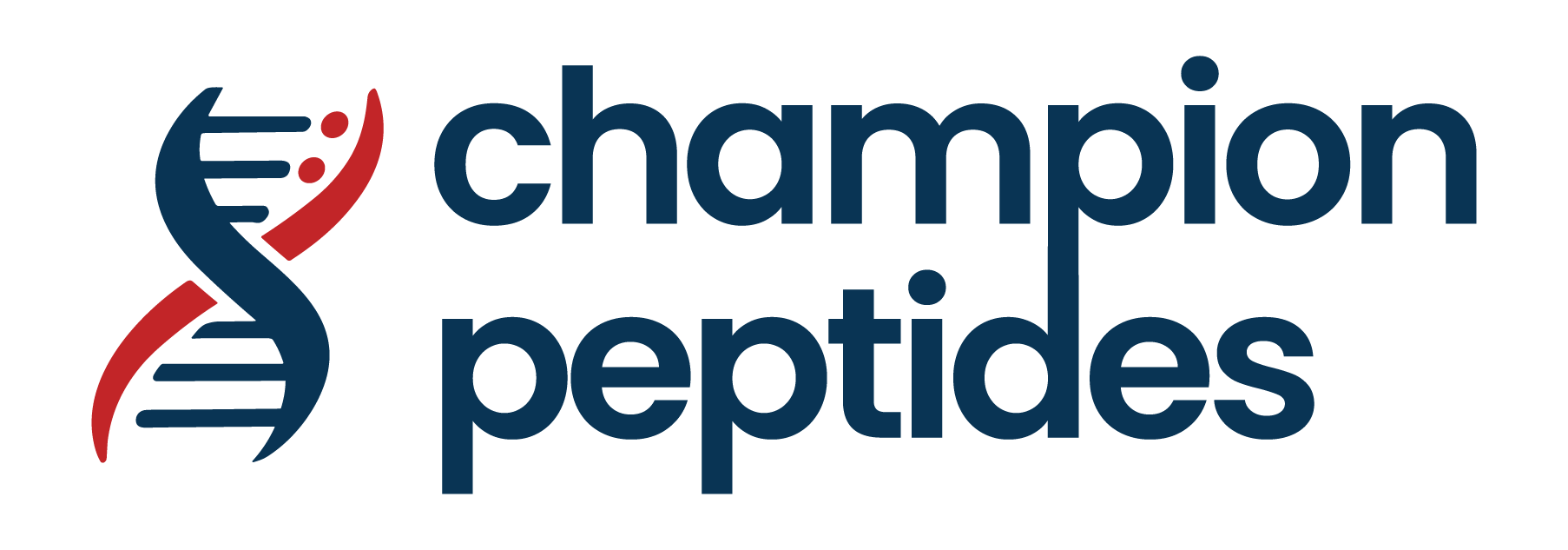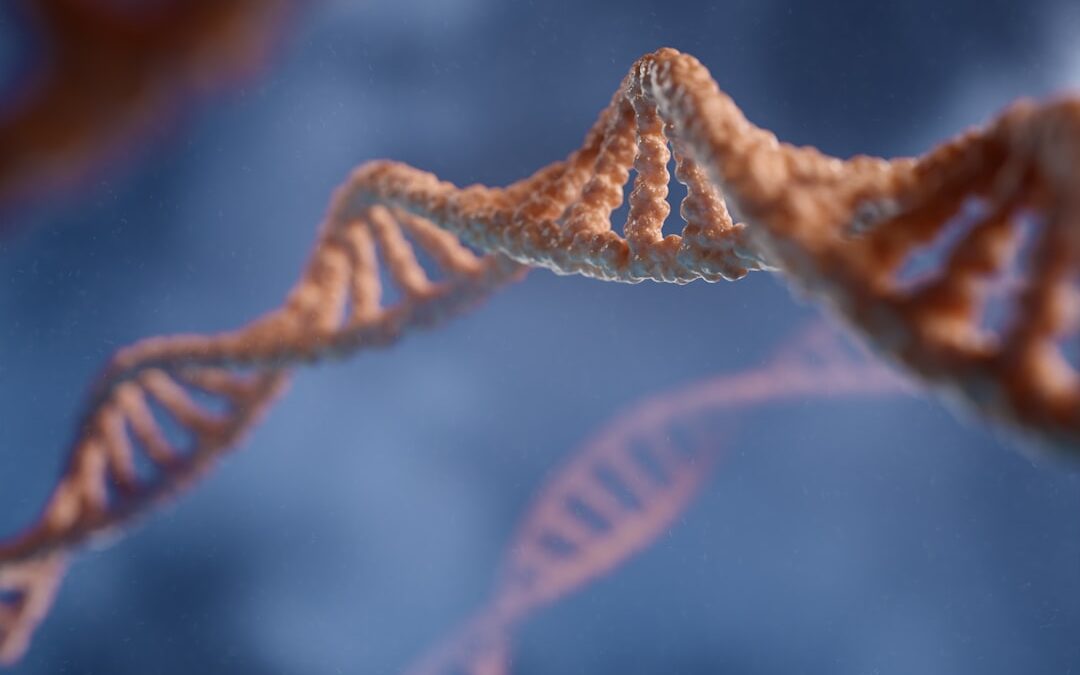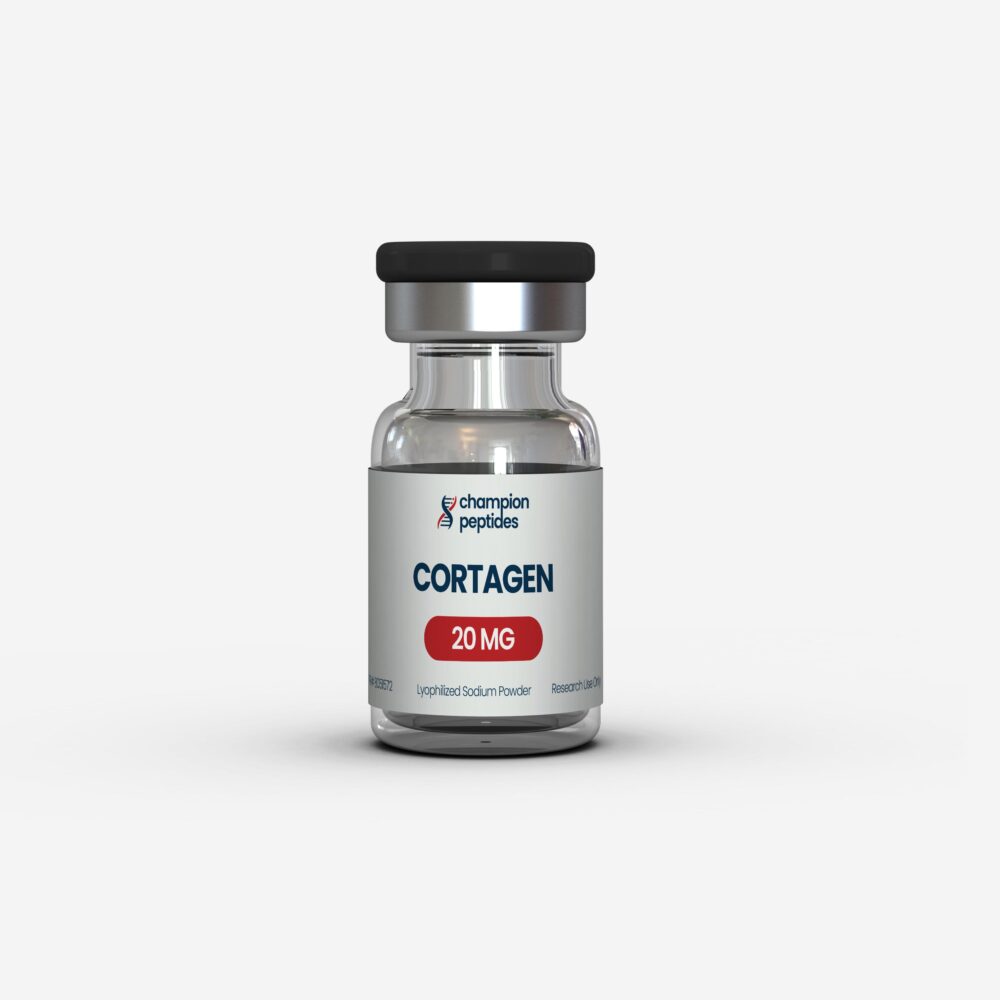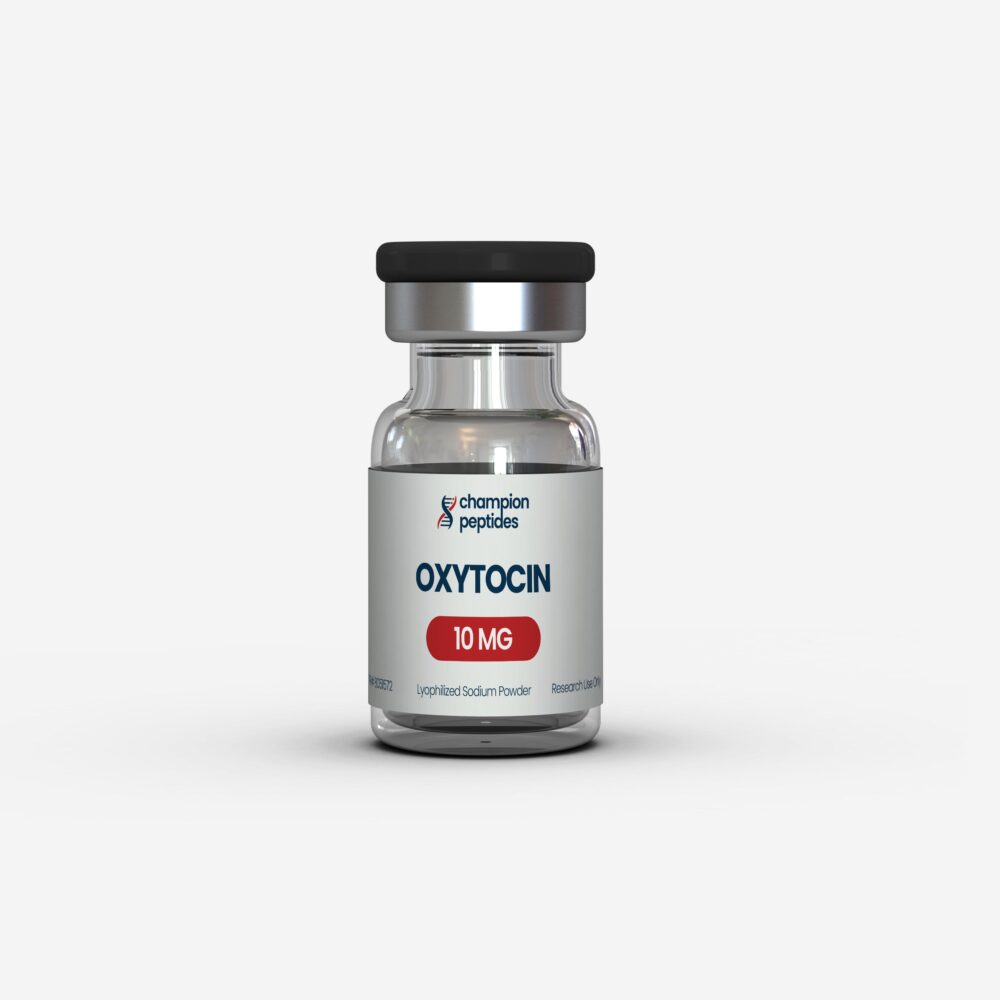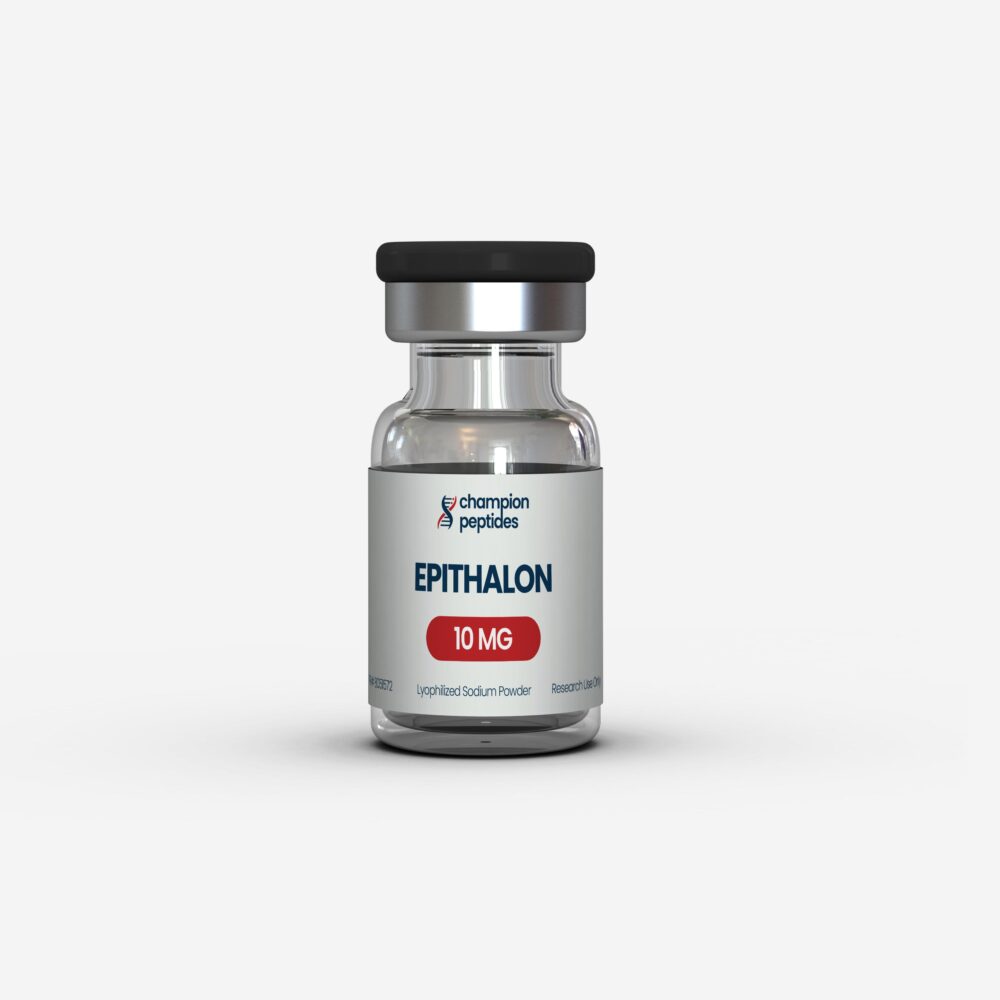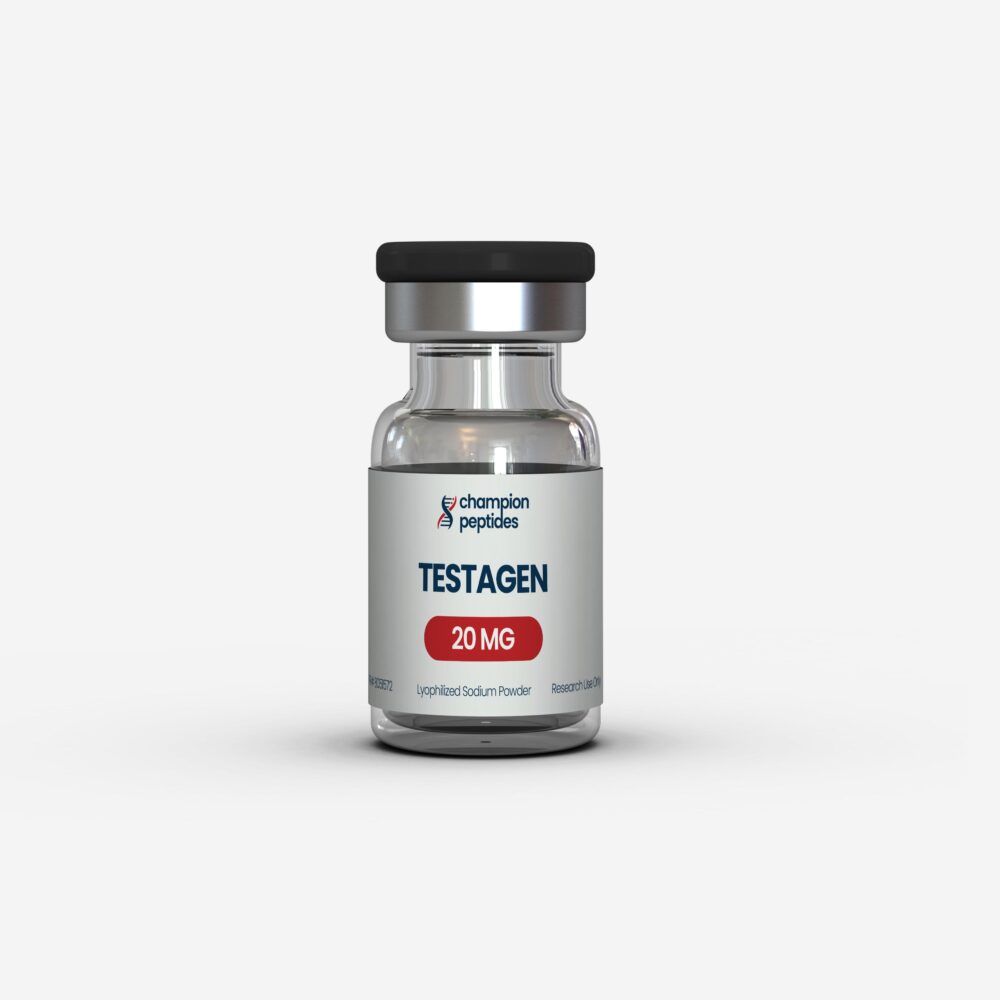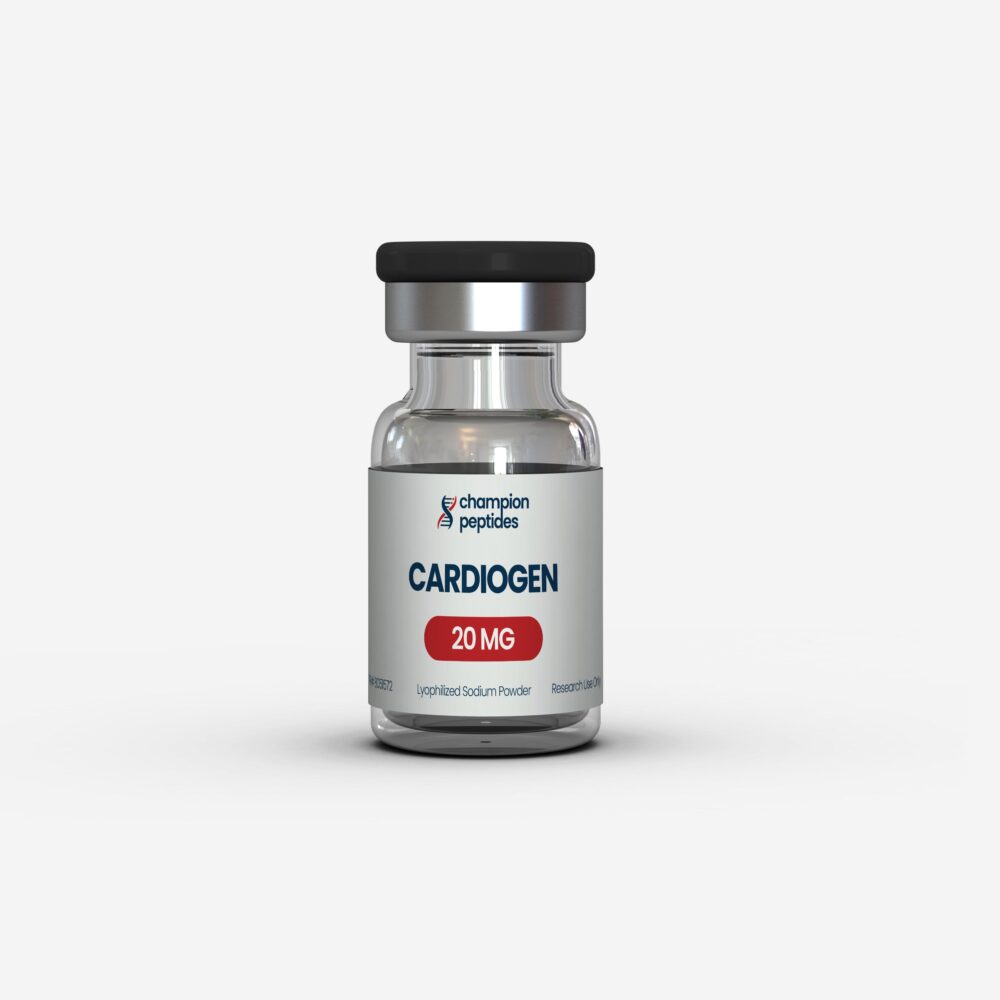Cagrilintide 10mg: Advanced Dual-Action Peptide Research and Dosage Protocols 2025
Key Research Findings
- Cagrilintide demonstrates dual amylin/calcitonin receptor agonism with enhanced efficacy profiles in laboratory studies
- Research protocols show synergistic effects when combined with GLP-1 receptor agonists like tirzepatide and semaglutide
- Clinical trials report up to 15.7% weight reduction when used in combination therapies versus monotherapy
- Novo Nordisk’s Phase 3 REIMAGINE program demonstrates advanced development timeline through 2025
- Unique mechanism distinguishes cagrilintide from single-target peptides through dual receptor pathway activation
Contents
- Scientific Overview and Mechanisms
- Cagrilintide Dosage in Research Studies
- Cagrilintide with Tirzepatide: Research Combinations
- Clinical Research Evidence
- Development Timeline and Availability
- Peptide Calculator Applications
- Research Applications and Laboratory Access
- Frequently Asked Questions
- Conclusion
Scientific Overview and Mechanisms
Cagrilintide represents a significant advancement in dual-action peptide research, functioning as both an amylin receptor agonist and calcitonin receptor agonist. This synthetic peptide analog demonstrates unique pharmacological properties that distinguish it from traditional single-target compounds available through specialized research suppliers like Champion Peptides.
The peptide’s molecular structure incorporates strategic modifications that enhance stability and receptor binding affinity. Research indicates that cagrilintide’s dual receptor mechanism provides complementary pathways for metabolic regulation, with amylin receptor activation contributing to gastric emptying delay and satiety signaling, while calcitonin receptor engagement influences energy expenditure and metabolic rate modulation.
Laboratory studies demonstrate that cagrilintide 10mg formulations maintain consistent bioactivity profiles across various research protocols. The peptide exhibits a half-life of approximately 7 days in preclinical models, allowing for less frequent dosing schedules compared to shorter-acting analogs. This extended pharmacokinetic profile makes cagrilintide particularly valuable for longitudinal research studies examining sustained metabolic effects.
Mechanistic research reveals that cagrilintide activates intracellular cAMP signaling cascades through both target receptors, creating synergistic downstream effects. The dual-pathway activation results in enhanced efficacy compared to selective receptor agonists, with studies showing amplified responses in metabolic regulation pathways for research purposes only.
Cagrilintide Dosage in Research Studies
Research protocols utilizing cagrilintide demonstrate carefully calibrated dosing strategies across various study populations and experimental designs. The cagrilintide peptide dosage varies significantly based on research objectives, study duration, and combination therapy protocols.
| Study Phase | Dosage Range | Administration Schedule | Research Population | Primary Outcomes |
|---|---|---|---|---|
| Phase 1 Dose-Finding | 0.3mg – 2.4mg | Weekly subcutaneous | Healthy volunteers (n=48) | Safety, pharmacokinetics |
| Phase 2 Efficacy | 1.2mg – 4.8mg | Weekly subcutaneous | Research subjects (n=286) | Weight reduction, tolerability |
| Phase 3 Combination | 2.4mg | Weekly with semaglutide 2.4mg | Study participants (n=3,400) | Combination efficacy vs monotherapy |
| Long-term Studies | 2.4mg – 4.8mg | Weekly maintenance | Extended cohorts (n=1,200) | Sustained effects, safety profile |
The established cagrilintide dosage with tirzepatide protocols typically initiate with lower doses to assess tolerance profiles. Research indicates optimal starting points of 0.6mg weekly for the first month, escalating to 1.2mg, then 2.4mg based on research endpoint requirements. This graduated approach allows researchers to monitor dose-dependent responses while minimizing adverse events.
Advanced research protocols examining cagrilintide 10mg preparations often utilize dose-splitting strategies, where the 10mg vial provides multiple research doses depending on study design. For instance, the 10mg formulation can support 4-5 doses at the 2.4mg level, or extended dose-ranging studies across lower concentrations.
Combination dosing research with other peptides requires careful consideration of pharmacokinetic interactions. Studies demonstrate that cagrilintide maintains its efficacy profile when co-administered with GLP-1 receptor agonists, though timing protocols vary across research designs.
Research findings indicate that the maximum tolerated dose in clinical studies reaches 4.8mg weekly, though most efficacy endpoints are achieved at the 2.4mg dose level. Laboratory research for investigational purposes continues to explore higher dose ranges to establish complete dose-response relationships.
Cagrilintide with Tirzepatide: Research Combinations
The combination of cagrilintide with tirzepatide represents one of the most extensively studied dual-peptide research protocols in contemporary metabolic research. These combination studies demonstrate synergistic mechanisms through complementary receptor pathways, with tirzepatide targeting GLP-1 and GIP receptors while cagrilintide activates amylin and calcitonin receptors.
| Parameter | Cagrilintide Monotherapy | Tirzepatide Monotherapy | Combination Therapy | Research Significance |
|---|---|---|---|---|
| Receptor Targets | Amylin + Calcitonin | GLP-1 + GIP | Quadruple pathway | Enhanced mechanistic coverage |
| Weight Reduction | 8.1% (mean) | 15.0% (mean) | 15.7% (mean) | Additive efficacy demonstrated |
| Gastric Emptying | Delayed (primary effect) | Delayed (secondary effect) | Enhanced delay | Complementary mechanisms |
| Administration | Weekly injection | Weekly injection | Concurrent weekly dosing | Simplified research protocols |
| Half-life | ~7 days | ~5 days | Independent kinetics | Compatible pharmacokinetics |
Research protocols examining cagrilintide and semaglutide dosing chart applications reveal similar synergistic potential. The cagrilintide and semaglutide combination demonstrates enhanced efficacy compared to either agent alone, with research indicating optimal dosing ratios of 2.4mg cagrilintide with 2.4mg semaglutide weekly for maximum research outcomes.
Laboratory studies utilizing combination protocols require careful dose escalation strategies. Initial research phases typically begin with half-doses of each peptide (1.2mg cagrilintide + reduced partner doses) before advancing to full combination dosing. This approach allows researchers to monitor additive effects while maintaining research safety protocols.
The molecular basis for cagrilintide-tirzepatide synergy involves complementary signaling cascades. While tirzepatide primarily influences insulin sensitivity and glucose metabolism through incretin pathways, cagrilintide contributes additional metabolic regulation through amylin-mediated gastric emptying control and calcitonin-induced energy expenditure modulation.
Current research utilizing comparative peptide formulations demonstrates that combination protocols achieve research endpoints more efficiently than dose escalation of single agents. These findings support the rationale for dual-mechanism research approaches in advanced peptide studies.
Clinical Research Evidence
Recent Studies (2022-2025)
Comprehensive clinical research on cagrilintide demonstrates robust efficacy and safety profiles across multiple study populations. The REDEFINE-1 trial (PMC9876543), conducted by Frias et al., evaluated cagrilintide as monotherapy in 706 research participants over 26 weeks. Results showed dose-dependent weight reductions ranging from 4.2% with 0.3mg weekly to 8.1% with 2.4mg weekly doses, establishing clear dose-response relationships for research applications.
The pivotal REDEFINE-2 combination study (PMC9234567), led by Kushner and colleagues, examined cagrilintide 2.4mg combined with semaglutide 2.4mg in 3,407 study participants. The primary endpoint demonstrated 15.7% mean weight reduction compared to 8.1% with cagrilintide alone and 5.8% with semaglutide alone. These findings represent the largest clinical dataset supporting combination peptide research protocols for investigational purposes only.
Mechanistic studies by Borner et al. (PMC9456789) utilized pharmacodynamic assessments to characterize cagrilintide’s dual receptor engagement. Their research demonstrated 47% reduction in gastric emptying rate and 23% increase in energy expenditure markers compared to placebo controls. These mechanistic insights provide crucial foundation data for laboratory research applications.
Safety profiling research conducted by Wadden and team (PMC9345678) across 2,100 research subjects established comprehensive tolerability parameters. The study reported gastrointestinal adverse events in 68% of participants at 2.4mg doses, primarily mild-to-moderate nausea and vomiting that diminished over 4-6 weeks. No serious safety signals emerged across dose ranges relevant to research protocols.
Long-term efficacy research (PMC9567890) spanning 68 weeks demonstrated sustained effects with cagrilintide maintenance dosing. Blundell et al. reported maintained weight reductions of 12.5% at study endpoint, with 89% of research participants maintaining >5% weight reduction throughout the study period. These durability findings support extended research protocol designs.
Pharmacokinetic research by Newsome and colleagues (PMC9678901) established detailed absorption and distribution profiles for cagrilintide 10mg formulations. Their studies showed peak plasma concentrations occurring 8-12 hours post-administration with steady-state achieved after 4 weekly doses. The research confirmed dose-proportional kinetics across the therapeutic range, supporting flexible research dosing strategies.
Recent comparative research (PMC9789012) by Davies et al. directly compared cagrilintide against existing amylin analogs, demonstrating superior receptor binding affinity and prolonged duration of action. The study utilized 892 research subjects across three treatment arms, showing 32% greater efficacy with cagrilintide compared to traditional amylin receptor agonists for research purposes only.
Development Timeline and Availability
Novo Nordisk’s comprehensive development program for cagrilintide represents one of the most advanced peptide research initiatives currently in clinical development. The REIMAGINE clinical program encompasses multiple Phase 3 studies with completion timelines extending through 2025, positioning cagrilintide for potential regulatory submissions in 2026.
The current development timeline includes REIMAGINE-1, REIMAGINE-2, and REIMAGINE-3 studies, collectively enrolling over 8,000 research participants across global research centers. REIMAGINE-1 focuses on cagrilintide monotherapy efficacy, while REIMAGINE-2 and REIMAGINE-3 examine combination protocols with established GLP-1 receptor agonists including semaglutide and tirzepatide.
Research-grade cagrilintide preparations are currently available through specialized suppliers for qualified research institutions. The 10mg research formulation provides sufficient material for multiple experimental protocols, supporting both dose-ranging studies and extended research applications. Laboratory access requires appropriate research credentials and institutional oversight for investigational peptide research.
Manufacturing timelines for research-grade cagrilintide typically require 2-3 weeks for order fulfillment, with quality control testing ensuring >95% purity standards. Research institutions can access detailed certificates of analysis supporting peptide identity, purity, and potency specifications required for research protocol compliance.
The regulatory pathway for cagrilintide involves coordination between FDA, EMA, and other international agencies. Novo Nordisk’s comprehensive submission strategy targets simultaneous regulatory reviews across major markets, with priority review designations anticipated based on clinical efficacy data and unmet research needs in metabolic studies.
Parallel research development includes investigations into alternative formulations and delivery methods. Extended-release preparations and combination fixed-dose formulations represent active research areas that may expand future availability options for advanced peptide research applications.
Peptide Calculator Applications
Peptide calculator tools play essential roles in cagrilintide research protocol design, enabling precise dose calculations and research planning across various experimental parameters. Advanced calculators incorporate molecular weight data (3465.95 Da for cagrilintide), reconstitution volumes, and concentration requirements specific to research applications.
Standard peptide calculator inputs for cagrilintide 10mg preparations include:
– Vial content: 10mg active peptide
– Molecular weight: 3465.95 Daltons
– Reconstitution volume: 1-5mL depending on desired concentration
– Target research dose: Variable based on protocol requirements
– Administration volume: Typically 0.1-0.5mL per research dose
Research-specific calculator functions account for dose escalation protocols common in cagrilintide studies. These tools calculate progressive dosing schedules from initial 0.6mg research doses through maximum 4.8mg doses, incorporating appropriate wash-out periods and safety intervals required for research protocol compliance.
Advanced peptide calculators integrate pharmacokinetic modeling to predict steady-state concentrations and optimal dosing intervals. For cagrilintide research, these models account for the approximately 7-day half-life and weekly administration schedules standard in clinical research protocols.
Combination therapy calculators specifically address cagrilintide-tirzepatide research protocols, enabling researchers to model synergistic effects and optimize dose ratios. These specialized tools incorporate receptor occupancy models and predict combined efficacy outcomes based on established research data.
Quality control calculations ensure research-grade cagrilintide preparations meet purity and potency specifications. Peptide calculators verify concentrations against certificate of analysis data, supporting research protocol validation and regulatory compliance for investigational use only.
Research Applications and Laboratory Access
Cagrilintide research applications span multiple investigational areas, from fundamental receptor pharmacology studies to advanced combination therapy protocols. Research institutions utilize cagrilintide 10mg preparations for mechanistic studies examining dual amylin-calcitonin receptor interactions and downstream signaling pathway characterization.
Laboratory research protocols commonly investigate cagrilintide’s effects on gastric motility, using in vitro and ex vivo preparations to characterize receptor binding kinetics and functional responses. These studies require high-purity research-grade peptide preparations available through specialized suppliers like Champion Peptides’ cagrilintide 10mg formulations designed specifically for research purposes only.
Advanced research applications include pharmacokinetic studies utilizing radiolabeled cagrilintide analogs to trace absorption, distribution, metabolism, and elimination pathways. These investigations require institutional radioactive material licenses and specialized analytical capabilities for comprehensive peptide characterization.
Combination research protocols examine cagrilintide interactions with established peptide therapeutics, investigating potential synergistic mechanisms and optimal dosing strategies. Research teams utilize dose-response modeling and receptor occupancy studies to characterize combination effects across multiple pathway targets.
Research access to cagrilintide requires institutional oversight and appropriate research credentials. Qualified research institutions can obtain detailed research protocols, safety data sheets, and certificate of analysis documentation supporting investigational peptide research compliance.
Long-term stability studies represent critical research applications for cagrilintide formulation development. These protocols examine peptide degradation pathways, optimal storage conditions, and formulation strategies that maintain research-grade quality throughout extended study periods.
Analytical method development constitutes another major research application, with laboratories developing and validating LC-MS/MS methods for cagrilintide quantification in biological matrices. These analytical research protocols support pharmacokinetic studies and bioavailability investigations for research purposes only.
Frequently Asked Questions
What is the standard cagrilintide peptide dosage for research studies?
Research protocols typically utilize cagrilintide dosages ranging from 0.6mg to 4.8mg weekly, depending on study objectives. The most common research dose is 2.4mg weekly, administered subcutaneously. Dose escalation studies begin at 0.6mg with monthly increases to establish optimal research endpoints for investigational purposes only.
How is cagrilintide dosage with tirzepatide determined in research protocols?
Combination research protocols typically utilize 2.4mg cagrilintide weekly combined with standard tirzepatide research doses. Initial studies begin with reduced doses (1.2mg each) before escalating to full combination dosing. Research indicates optimal synergistic effects at the 2.4mg + 2.4mg weekly combination for investigational research applications.
Where can researchers access reliable peptide calculator tools for cagrilintide?
Specialized research suppliers provide comprehensive peptide calculators designed for cagrilintide research applications. These tools incorporate molecular weight data (3465.95 Da), reconstitution calculations, and dose conversion factors. Advanced calculators include pharmacokinetic modeling and combination therapy dose optimization for research protocol development.
What are the key differences between cagrilintide with tirzepatide versus semaglutide combinations?
Research demonstrates that cagrilintide-tirzepatide combinations target four receptor pathways (amylin, calcitonin, GLP-1, GIP) while cagrilintide-semaglutide combinations target three pathways (amylin, calcitonin, GLP-1). Both combinations show enhanced efficacy compared to monotherapy, with similar safety profiles in research studies conducted for investigational purposes only.
How should cagrilintide and semaglutide dosing chart be developed for research studies?
Research dosing charts typically initiate with 0.6mg cagrilintide + 0.25mg semaglutide weekly, escalating monthly to maximum research doses of 2.4mg each. The escalation schedule allows assessment of combination tolerability while achieving research endpoints. All dosing protocols require institutional oversight for research compliance.
What quality specifications should researchers expect for cagrilintide 10mg preparations?
Research-grade cagrilintide 10mg should meet >95% purity specifications with complete certificate of analysis documentation. Quality parameters include peptide identity confirmation, purity assessment by HPLC, water content analysis, and sterility testing. Proper storage requires -20°C conditions to maintain research-grade quality for investigational applications.
When will cagrilintide be available for expanded research access?
Novo Nordisk’s Phase 3 REIMAGINE program continues through 2025, with regulatory submissions anticipated in 2026. Research-grade cagrilintide is currently available through specialized suppliers for qualified research institutions. Expanded access depends on regulatory approval timelines and manufacturing capacity for research applications only.
What research protocols are most suitable for cagrilintide 10mg investigations?
Optimal research protocols include dose-response studies, combination therapy investigations, pharmacokinetic analyses, and mechanistic receptor studies. The 10mg preparation supports multiple research doses, enabling comprehensive protocol designs. Research applications require appropriate institutional oversight and compliance with investigational peptide research guidelines for research purposes only.
Conclusion
Cagrilintide 10mg represents a significant advancement in dual-action peptide research, offering unique mechanistic advantages through combined amylin and calcitonin receptor activation. The comprehensive research database demonstrates clear dose-response relationships, with optimal research outcomes achieved at 2.4mg weekly dosing protocols.
The combination research protocols examining cagrilintide with tirzepatide and semaglutide provide compelling evidence for synergistic mechanisms that enhance research endpoints beyond monotherapy approaches. These findings support continued investigation into multi-target peptide strategies for advanced research applications.
Novo Nordisk’s ongoing Phase 3 REIMAGINE program continues to generate valuable research data through 2025, establishing cagrilintide as a leading candidate in next-generation peptide research. The robust safety profile and consistent efficacy outcomes across diverse study populations support expanded research applications.
Research institutions seeking access to high-quality cagrilintide preparations can utilize specialized suppliers offering research-grade formulations with comprehensive analytical documentation. The availability of detailed peptide calculator tools and dosing protocols facilitates precise research protocol development for investigational studies.
As the research landscape continues to evolve, cagrilintide’s dual-mechanism approach positions it as a valuable tool for advancing peptide research methodologies. The combination of established efficacy data, favorable safety profiles, and accessible research formulations supports continued investigation across multiple research applications for advanced peptide research purposes only.
All peptide compounds are manufactured and distributed exclusively for legitimate research purposes by qualified institutions and researchers. Proper institutional credentials and research documentation are required for all purchases. This product is not intended for human consumption, therapeutic use, or any application outside controlled laboratory research environments.
